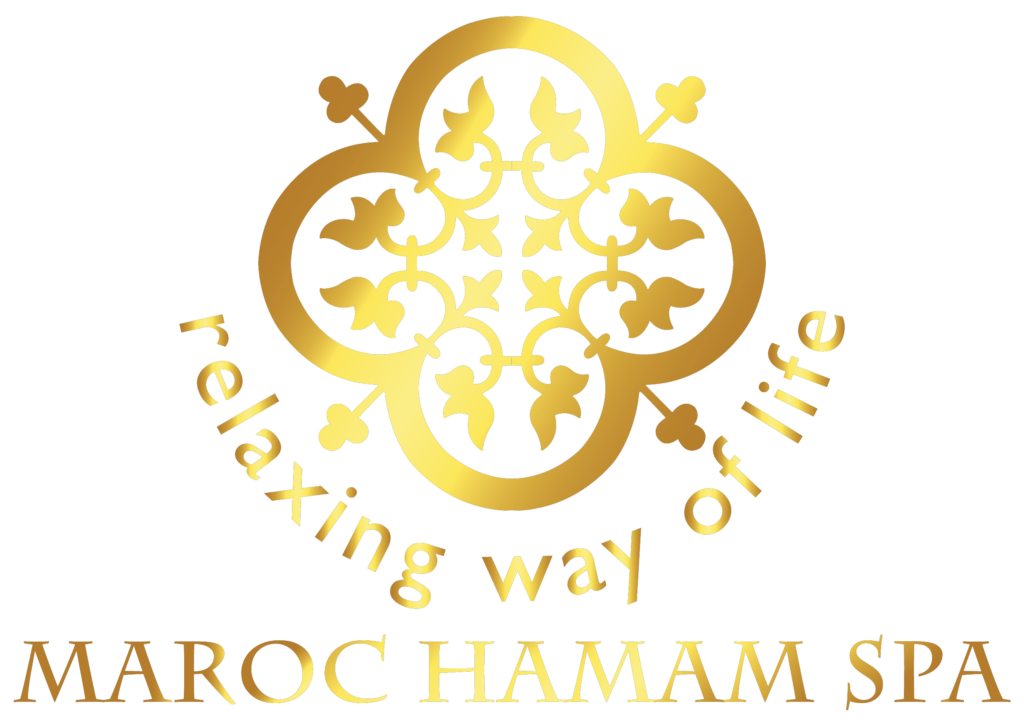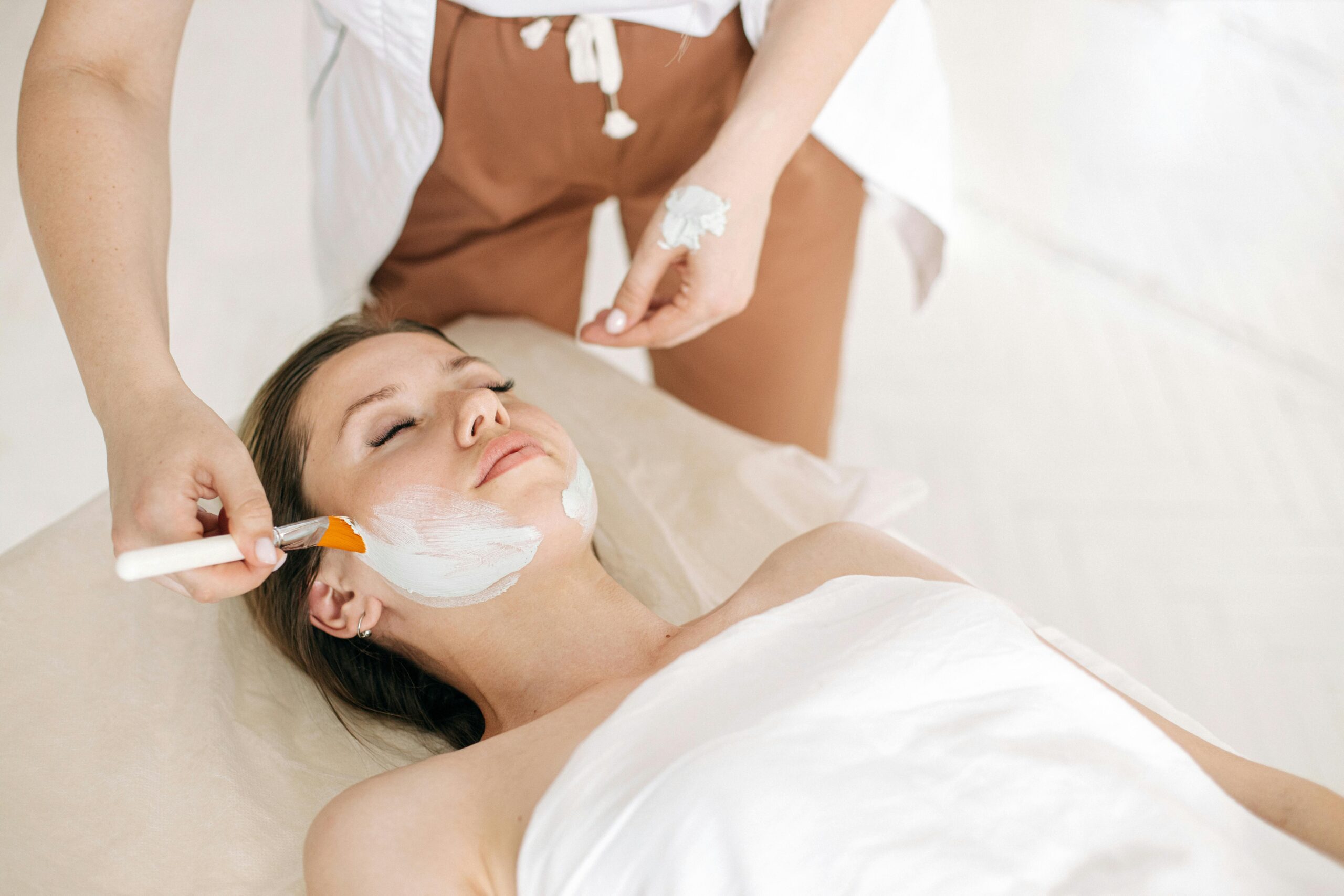During the day, we adults find ourselves permanently plugged into numerous tasks that we cannot afford to take a pause and relax. Some of the most popular contenders for relaxation are the Finnish sauna and the Turkish hammam which are famous for easing the physical and mental health of a person.
But while both are in the business of providing people a chance to relax their origins, concepts, and effects are poles apart. If you’re wondering which one is suitable for your wellness needs, you’ve come to the right place.
In this blog, we will let you know the Turkish bath benefits and the difference between a sauna and a Turkish bath to guide you toward finding your ideal pampering session.
The Origins and Significance of the Turkish Bath
The Turkish bath, often known as a hammam, is a steam bath based on historical bathing symbols. This procedure, which was widespread throughout the Ottoman Empire’s reign, consists of a series of washing massages performed in a room with extremely high temperatures.
Turkish baths originated with the Romans and Byzantines and were developed and exported to Turkey, earning the term ‘Turkish bath’. These baths were also an important element of Turkish traditions and spread to many parts of northern Africa as symbols of pleasure, purification, and enjoyment.
The Turkish Bath (Hammam) Experience
A Turkish bath, also known as a hammam, consists of a warm, steamy environment packed with heat and water, as well as deep cleansing routines. The average temperature range for an infrared sauna is mild, ranging from 100°F to 120°F (38°C to 50°C), with a high moisture content. Here’s what distinguishes hammams:
Heat Source: To create a relaxing environment, hammams generate radiant heat from heated marble or stone slabs, allowing users to submerge their settings in flowing warm water.
Cleansing Ritual: Typically, the process includes entering a steam chamber, scrubbing with a textured mitt (kese), and finally a foamy washing by an attendant.
Session Duration: Hammam sessions can last anything from 30 minutes to an hour or more, and include restful periods on hot marble as well as attentive body cleansing, concluding in a pleasant massage.
Health Benefits of the Turkish Bath
Deep Cleansing: During a steam treatment, your pores open wider and undergo intensive cleansing and exfoliation, leaving your skin feeling smooth, silky, and refreshed.
Muscle Relaxation: By combining massage and heat, the baths help to relax stiff muscles and promote overall peace of mind.
Improved Circulation: Increased blood flow from both heat and washing can help to reduce inflammation and edema.
Respiratory Benefits: Humid, moist air widens the nostrils and relieves congestion, which is especially good for those who have difficulties breathing.
Stress Reduction: The hammam’s stress-relieving ambiance, designed to promote profound relaxation, produces a ritual experience that improves mental health.
The Origins and Significance of the Sauna
A sauna is a form of heat treatment that has been in practice for several centuries and comes from Finland, although there is evidence that it dates back thousands of years to the Christian era. This practice entails staying in a small room filled with heat and exposing oneself to cold water. It provides relaxation, aids in blood flow, and the natural cleansing system of the body.
The word “sauna” is derived from the language of Finland, and it can be translated as ‘bath’ or ‘bathhouse’. Originally, saunas had been an essential part of the Finnish tradition; they were constructions intended for the cleansing of the human body and spirit as well as for communications. Today saunas are built across the globe, providing physical and mental therapy with a focus on their traditional foundation.
The Sauna Experience
Saunas are associated with very high temperatures and they are characterized by lack of wetness. Conventional saunas are usually hot at temperatures ranging from 160 to 200 degrees Fahrenheit or 70 to 100 degrees Celsius and they are very dry with humidity levels less than 20%. Here’s a closer look at what makes a sauna unique:
Heat Source: Saunas integrate the use of a stove to heat stones. The stove might be wood burning, electric, or perhaps that which emits and radiates heat through infrared technology.
Temperature Control: Water can be poured over the stones to create a rush of steam before the heat quickly dissipates, but the sauna’s environment has low humidity levels.
Session Duration: A typical sauna session usually ranges between 15-20 minutes, although it is common for the users to jump into cold water or take a shower in between to achieve the effect of contrast therapy.
Health Benefits of Saunas
Detoxification: The intense heat causes people to sweat heavily, which is a mechanism of expelling toxins from the body through the skin.
Muscle Relaxation: While targeting, heat penetrates deeply to relieve muscle tension and stiffness.
Cardiovascular Health: Sauna sessions have been associated with better blood circulation, proper blood pressure, and a healthy heart.
Mood Enhancement: The heat also facilitates the production of endorphins, which means that stress is reduced and the mind becomes sharper.
Respiratory Relief: The dry climate can be useful in unblocking the nasal passages and assisting the respiratory system, especially for those who have asthma or sinus problems.
Sauna Vs Turkish Bath: Which is Better?
As we have mentioned the difference between a sauna and a Turkish bath, but choosing between a sauna and a Turkish bath depends on personal preference and what you’re looking for in a wellness experience:
For Detoxification and Muscle Relaxation: Saunas are excellent for the detoxification process, muscle relaxation, and getting a brief introduction to extremely high temperatures. It can create better blood circulation and enhanced mental focus among the employees on the premises.
For Skin Care and Respiratory Benefits: Due to the high humidity and steam of the Turkish bath, it can be greatly recommended for people who need their skin to be deep cleansed and for those experiencing respiratory problems. The aspect hammam is a ritual that involves washing that can include scrubbing and massage also
Conclusion
Saunas and Turkish bath benefits are well-known for promoting relaxation, improving circulation, and detoxifying the body and are among the most fascinating ways to enjoy oneself and treat one’s body. A sauna needs no water and produces dry heat in addition to producing heat frequently and intensely while a Turkish bath offers vapour which is humid and provides gentle heat. The effects of each on health include promoting circulation, enhancing detoxification, reducing stress, and relaxing muscles among others.
However, to fully benefit from these experiences, it is critical to choose the correct spa or salon. A well-equipped, professional facility provides a clean, safe, and comfortable atmosphere.



